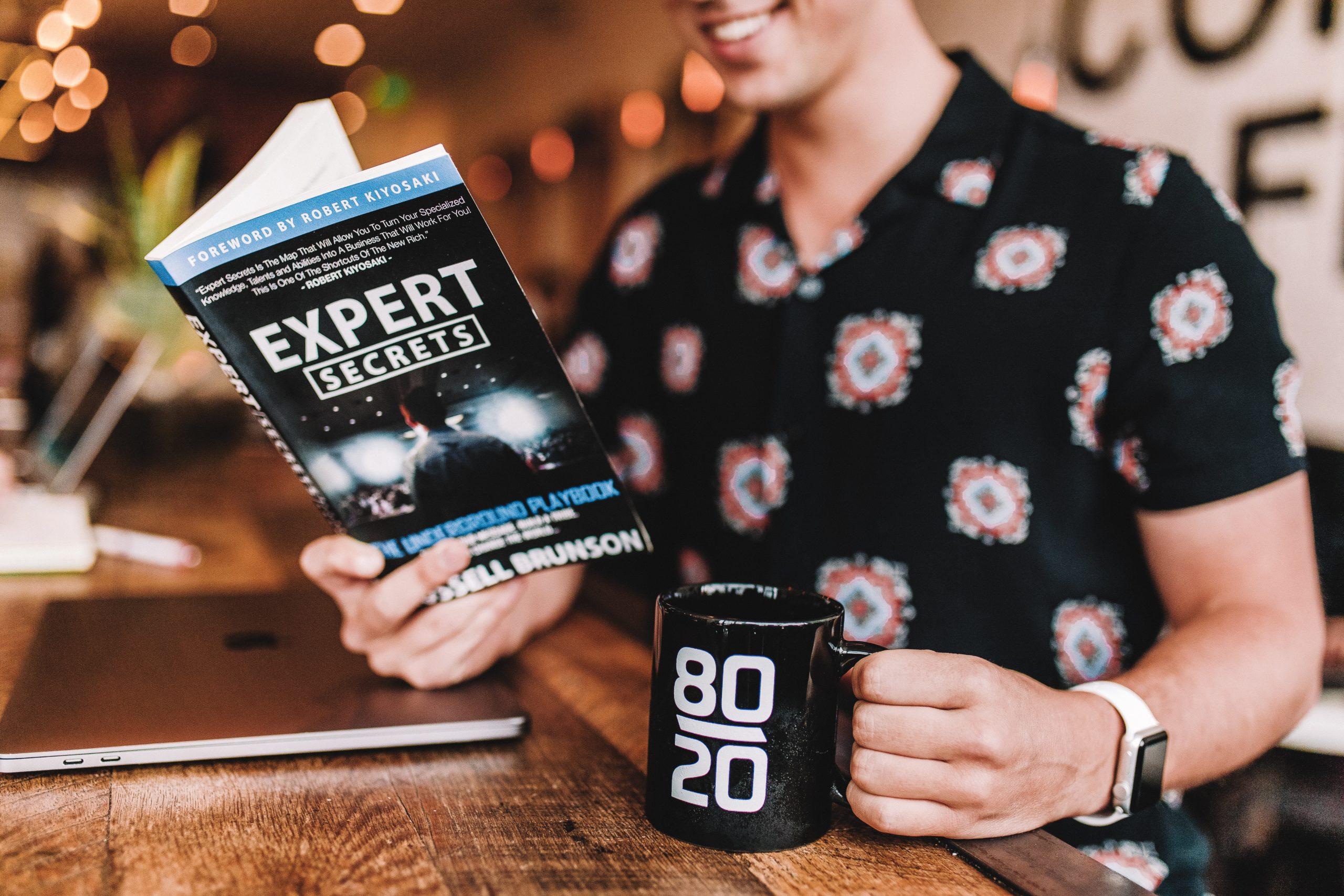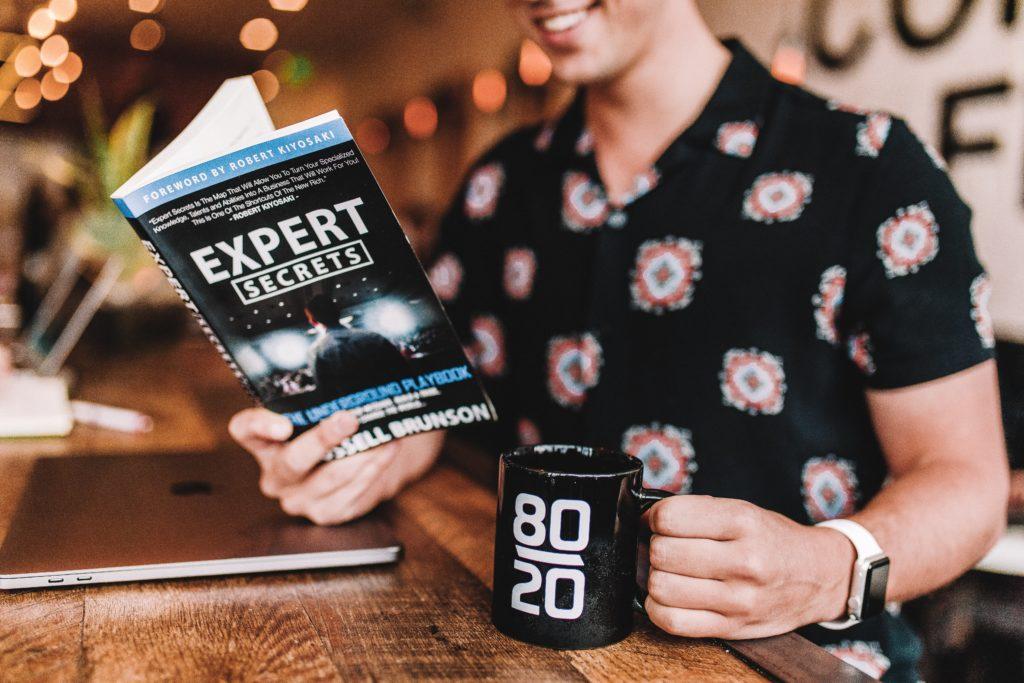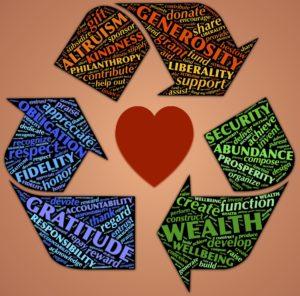 What must you keep top of mind to have meaningful conversations with donors who (you hope!) may contemplate a gift to your organization?
What must you keep top of mind to have meaningful conversations with donors who (you hope!) may contemplate a gift to your organization?
I’ve given you a hint within my question.
One word: meaningful.
And for a conversation to be meaningful, you have to speak in a language that resonates with the other person.
And what is it that resonates more strongly than just about any other emotion?
LOVE.
To get folks to “YES” you need to learn the meaningful language of love and apply it to gift planning.
The word philanthropy literally means, from the Greek, the feeling of love (philos) towards humankind (anthropos).
It’s not just about HOW people give, but WHY.
What is it about your organization’s values, as enacted, that your donor is most passionate about? How can you, as a philanthropy facilitator, make it easy for the donor to meaningfully express their feelings and passions?
Planning is involved, both on your end and the donor’s.
Passionate philanthropy is seldom a spur of the moment action.
No one just gets up one morning and decides to give away $10,000, $100,000 or $1 million.
Or let’s just stipulate it’s relatively rare.
Rather, would-be philanthropists consider how making a particular gift at a particular point in time may match their values and help them accomplish their objectives, personal and philanthropic.
Anyone who contemplates a major, or stretch, gift plans ahead.
For purposes of this gift planning article, let’s consider your audience to be prospective major (outright) and legacy (deferred) gift donors.
Let’s try an experiment.
Details




 There’s a treasure trove of knowledge and research around major gift fundraising. What works well. What doesn’t work at all. What’s, at best, half-baked.
There’s a treasure trove of knowledge and research around major gift fundraising. What works well. What doesn’t work at all. What’s, at best, half-baked.
 I find a widespread misunderstanding about the notion of what constitutes being donor-centered. It derives from two misconceptions:
I find a widespread misunderstanding about the notion of what constitutes being donor-centered. It derives from two misconceptions:

 Not as much as you might think.
Not as much as you might think.
 Twice at the end of last calendar year I was asked for a major gift.
Twice at the end of last calendar year I was asked for a major gift.